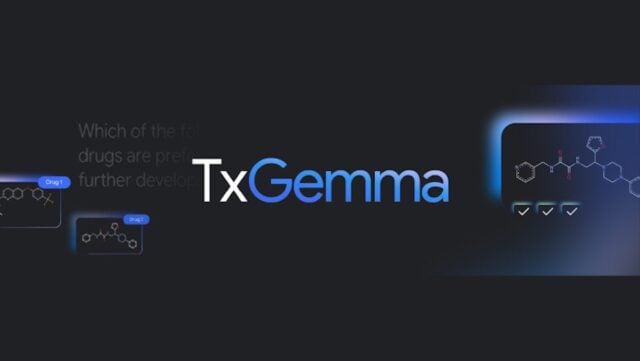
Google aims to facilitate the drug development process with the latest artificial intelligence model TXGEMMA. TXGEMMA is the successor of TX-LLM, which Google introduced to help develop drugs last October. TX-LLM has attracted significant attention from the relevant parties, such as drug researchers who want a model to be used to develop therapeutic applications and will be fine-tuned, and Google has now released TXGEMMA for developers who can use this model in their data and certain tasks.
Although TXGEMMA is built on Gemma models, it is trained to help develop treatments. During the development process, the model can understand and estimate the characteristics of the culers. In addition, it can help researchers set the most promising goals and predict the results of clinical trials to make less time waste. This will save companies at a serious cost.
The new TXGEMMA models are designed to be versatile. Models come in three dimensions for developers to choose the right models depending on the capabilities of the hardware offered to them: 2 billion parameters, 9 billion parameters and 27 billion parameters. Each of these has a ‘guess’ version that can handle narrow tasks such as classification, regression and production.
In addition to TXGEMMA models, Google has also released TXGEMMA-Chat models in 9B and 27B parameter configurations. Their feature is that the researchers can ask the model to share the reasons for their results and to answer complex questions. These speeches can help researchers significantly accelerate the development of therapeutics.
Google also announced Gemini 2.0 Pro-based Agentic-TX. Agentic-TX aims to overcome current external information and multi-step limitations around reasoning. This model is equipped with 18 vehicles to help researchers achieve goals.
To start using TXGEMMA, you need to visit Vertex AI Model Garden or Huging Face. Google states that its models are open and expects the community to reiterate more and publish improvements. This will provide faster development of therapeutics to save more lives.
Follow our site to read more technology news!



